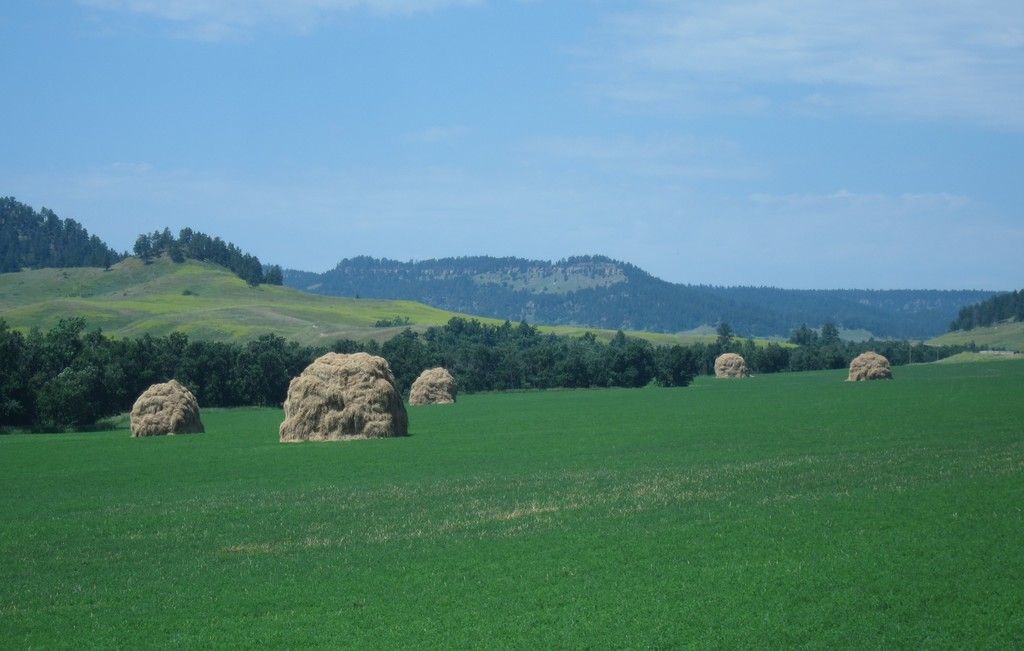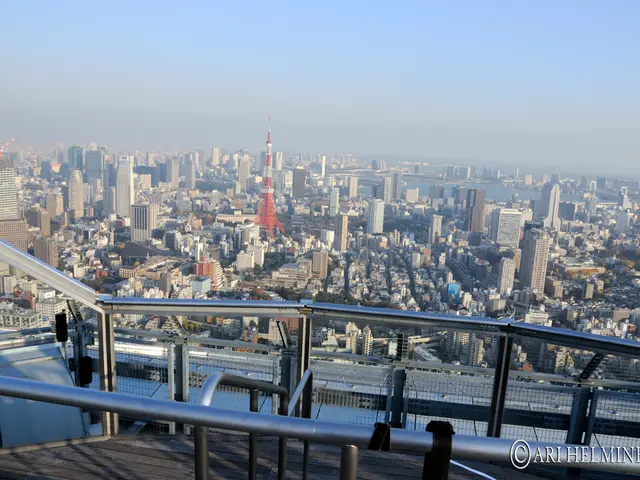Seasons' Mislead: The Seasonal Crisis of Artificial Light in the Sky
Here's a new spin on that old chestnut!
Ah, the festive season is upon us once more, bringing with it a slew of aggravations and annoyances that make one cry out for a bit o' peace and quiet.
It seems like we've been bombarded with holiday cheer for months now, with shops belligerently blasting the same syrupy carols as consumers are bombarded with the lie that it's the best time of the year. And so, we're treated to streets overflowing with tacky fairground bric-a-brac, each trinket more garish and disposable than the last. If it weren't for the desperation of the mulled wine-swilling crowds, one might almost think these Christmas markets were designed to resemble a rubbish dump.
We're also conveniently forgetting our sustainability pledges during this orgy of accumulation. Sure, there are the obligatory social media posts offering advice on how to consume responsibly. But how much thought do we give to food waste or the repurposing of second-hand gifts during this season of overindulgence? Or the tremendous indignity suffered by the trees, strung up as if they were stage props, only to be discarded a few weeks later?
But what really sets my blood boiling is a behavior that's not exclusive to Christmas—and seems to worsen as cities grow: light pollution.
The Untold Story: Light Pollution
Light pollution is an overlooked topic in urban sustainability discussions. No doubt that's because it's tricky. Light is fundamental to our survival, and in many ways, it symbolizes progress and safety. However, it can also have detrimental effects, particularly on wildlife.
Light pollution interferes with the natural rhythms of nocturnal creatures, deterring them from feeding grounds and causing disruptions in the food chain that could eventually impact human populations as well. It can even affect breeding and migration patterns. transitioning wildlife habitats into alien landscapes bathed in artificial light.
The Power of LEDs: A Double-Edged Sword
LEDs have gained popularity due to their energy efficiency. But they emit blue light, which disrupts our circadian rhythm and may compromise our well-being in much the same way as prolonged exposure to smartphone screens.
While municipal Christmas lights may delight the masses, their contribution to the problem is undeniable. Rows upon rows of blinding lights not only impact our vision but also obscure our view of the cosmos beyond.
Lighting the Darkness, the Smart Way
While it's understandable that some may argue that festive lights bring joy, their cost, particularly in an era of rising living expenses, should be taken into consideration. Indeed, traditional Austrian celebrations like the Krampus parade have been canceled for two years due to financial constraints.
When it comes to illuminating our cities, we needn't forego merriment entirely. By being smarter about our street lighting, we can enjoy both the holiday cheer and the benefits of lower energy consumption.
Smart solutions such as adaptable traffic signals, motion-detecting streetlights, and even crowd-sensing technology can help us minimize light pollution while maintaining safety. Such innovations could adapt to pedestrian traffic, turning lights on only when needed and keeping areas dark when empty. The benefits are twofold: reduced energy consumption and improved safety.
Let's let our cities shine for all the right reasons this holiday season. By taking a robust stance against light pollution, we can foster fairer, more balanced urban spaces for both people and wildlife alike.
Enrichment Insights:
- Opt for warm white LEDs (2700 Kelvin or lower) as they emit less blue light, which can disrupt wildlife and human sleep patterns.
- Use timers and motion sensors to turn off lights when not needed, reducing overall light usage.
- Ensure that lights are installed at appropriate heights and are shielded to prevent light spill or trespass beyond the intended area.
- Use fully shielded fixtures to direct light downwards, minimizing glare and reducing light pollution.
- Encourage local governments to adopt smart lighting regulations similar to those in New Castle County, Delaware, which balance development with environmental concerns.
- Educate residents and businesses about the impact of light pollution and encourage participation in reducing excessive lighting.
- Organize community events or campaigns to promote responsible holiday lighting practices.
- Consider using solar-powered or fiber-optic decorations, which are environmentally friendly and reduce energy consumption.
- Despite the call for responsible consumption during the festive season, light pollution, an often-overlooked topic in urban sustainability discussions, continues to worsen.
- LEDs, while energy-efficient, can have detrimental effects on wildlife and human health due to their blue light emission, much like prolonged exposure to smartphone screens.
- As cities aim to maintain holiday cheer, adopting smart solutions such as adaptable traffic signals, motion-detecting streetlights, and crowd-sensing technology can minimize light pollution while keeping safety measures in place.
- To foster fairer, more balanced urban spaces this holiday season, opt for warm white LEDs, use timers and motion sensors, ensure proper installation, and encourage others to embrace responsible lighting practices for a healthier environment and wildlife.







